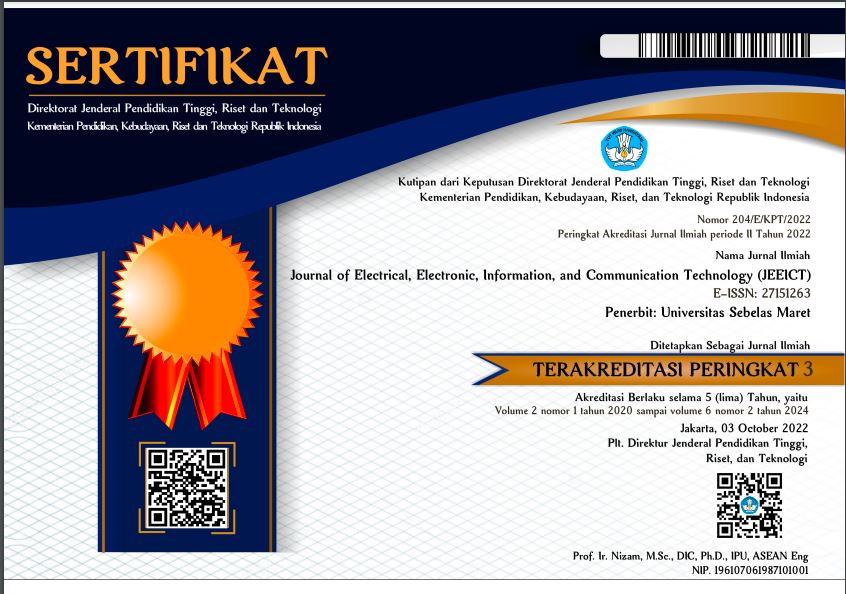Combination of Natural Language Understanding and Reinforcement Learning for Booking Bot
Abstract
Full Text:
PDFReferences
A. A. I. Foundation and N. Kramer, “Super aiml bot,” in ALICE AI Foundation, 2006.
C. Lee, S. Jung, S. Kim, and G. G. Lee, “Example-based dialog modeling for practical multi-domain dialog system,” in Speech Communication, 2009, vol. 51, no. 5, pp. 466–484.
T.-H. Wen et al., “A network-based end-to-end trainable task-oriented dialogue system,” in arXiv preprint arXiv:1604.04562, 2016.
I. V. Serban, A. Sordoni, Y. Bengio, A. Courville, and J. Pineau, “Building End-To-End Dialogue Systems Using Generative Hierarchical Neural Network Models,” in AAAI, 2016, pp. 3776–3784.
and H. L. Lifeng Shang, Zhengdong Lu, “Neural re- sponding machine for short-text conversation,” in arXiv preprint arXiv:1503.02364, 2015.
O. Vinyals and Q. Le, “A Neural Conversational Model,” in arXiv preprint arXiv:1506.05869, 2015.
Dacher Keltner and Ann M Kring, “Emotion, social function, and psychopathology,” Rev. Gen. Psychol., vol. 2, no. 3, pp. 320–342, 1998.
N. Asghar, P. Poupart, X. Jiang, and H. Li, “Deep Active Learning for Dialogue Generation,” in Conference on Empirical Methods in Natural Language Processing, 2016, vol. 2, no. 4, pp. 1192–1202.
J. R. Finkel, T. Grenager, and C. Manning, “Incorporating non-local information into information extraction systems by Gibbs sampling,” in Proceedings of the 43nd Annual Meeting of the Association for Computational Linguistics, 2007, pp. 363–370.
C. Sutton and A. McCallum, “An Introduction to Conditional Random Fields,” 2010.
A. Chaudhary, “Machine Learning Techniques for Mobile Intelligent Systems : A Study,” 2012.
T.Mitchell, “Machine Learning,” in MIT PRESS, 1997.
D. A. Permatasari, H. Fakhrurroja and C. Machbub,"Human-Robot Interaction Based On Dialog Management Using Sentence Similarity Comparison Method," International Journal on Advanced Science, Engineering and Information Technology, vol. 10, no. 5
K. Leino, “Reinforcement Learning based Dialog Manager.”
J. Gao, M. Galley, and L. Li, “Neural Approaches to Conversational AI,” 2018.
Refbacks
- There are currently no refbacks.







